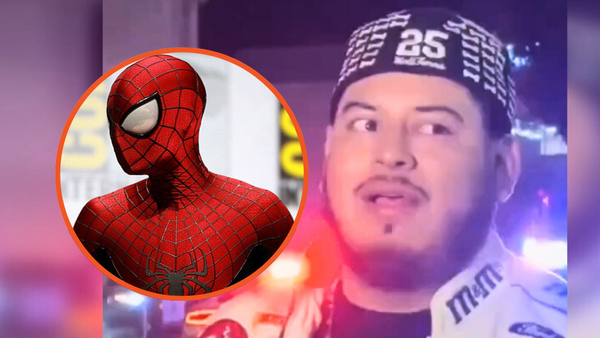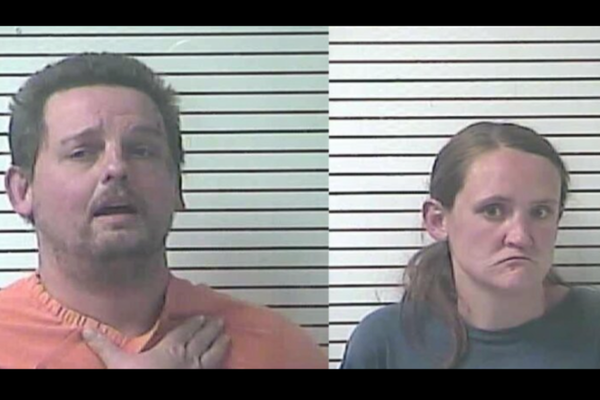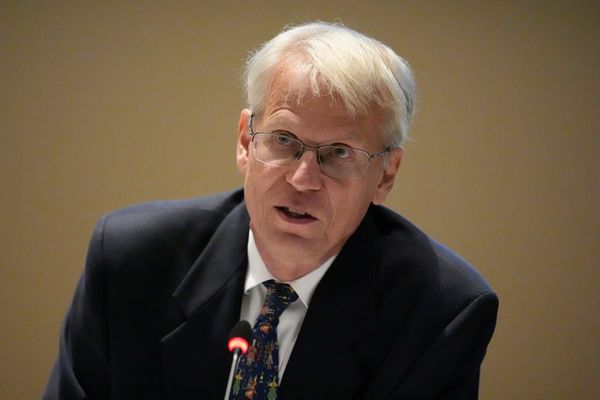TECHNOLOGY which will be used to search for evidence of life on Mars has been tested in the Scottish Highlands.
A team from the University of St Andrews has been testing equipment in Lower Diabaig in Torridon, where there are rocks that are billions of years old and similar to those found on Mars.
The European Space Agency (ESA) is planning to send a robotic rover to Mars to study its geology and look for fossils and minerals, the BBC reports.
So far, the trials in Torridon have considered the type of cameras which should be used as the rover's "eyes", as well as tests on equipment that can detect ancient biology preserved in the rock.
The robot is named after London-born scientist Rosalind Franklin, who died in 1958.
ESA said the missions would tackle the question of whether life has ever existed on Mars.
The project, known as the ExoMars programme, is made up of two missions. The First, called Trace Gas Orbiter, was launched in 2016. The second mission has a target launch of 2028 and aims to land the rover on Mars.
Many geological areas and features on Mars have been named by Nasa after places on Earth, including in Scotland.
Some of the names taken from Scotland include Torridon, Holyrood, Siccar Point, Muck, Wick and Sandwick.
Dr Claire Cousins, from the University of St Andrews, said the rare geology around Lower Diabaig was "ideal" for testing the rover.
She told BBC Scotland's Landward programme: "The rocks haven't metamorphosed right, they haven't been cooked and squeezed and crushed under mountain belts.
"They have been beautifully preserved – a slice of time.
"We don't know yet if there was ever life on Mars, but these are the kinds of rocks that are going to preserve it."







